Green aviation
Aviation causes around 3 percent of CO2 emissions worldwide. For the EU commission, this is too much: it's calling for a reduction by 25 percent by 2050. Visionary new aviation projects could help realize this ambitious goal. The plane pictured here, built by Bauhaus-Luftfahrt, uses electricity to get off the ground.
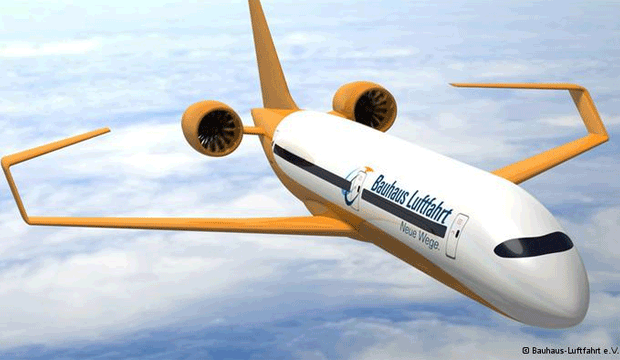
Engines on ice
The plane can only fly with extremely powerful engines. They get cooled down to minus 190 degrees Celsius and the cables and wires carrying the electricity essentially have no electric resistance anymore. The engineers still need to find a way to make the batteries lighter though.
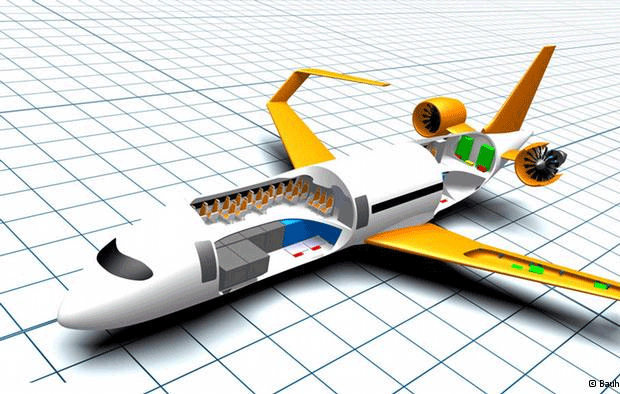
It's the right shape and form that helps save fuel. This draft plane of the German Aerospace Center blends cabin with wings to create a "blended-wing body." This reduces resistance and the cabin itself becomes part of the wings.
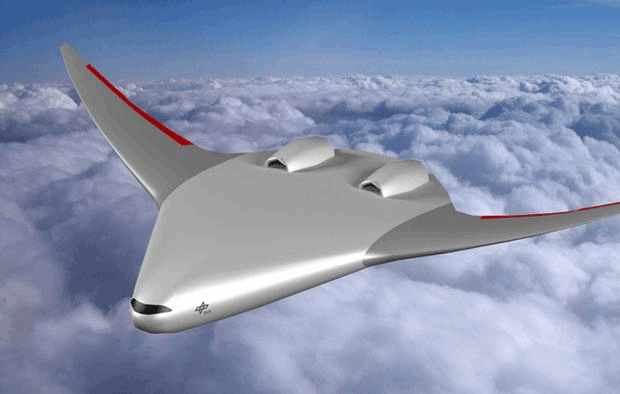
Open rotors are more efficient than modern jet engines. Research by the German Aviation Center shows that with the new concept up to 20 percent of fuel can be saved. The rotors can measure as much as five meters in diameter.
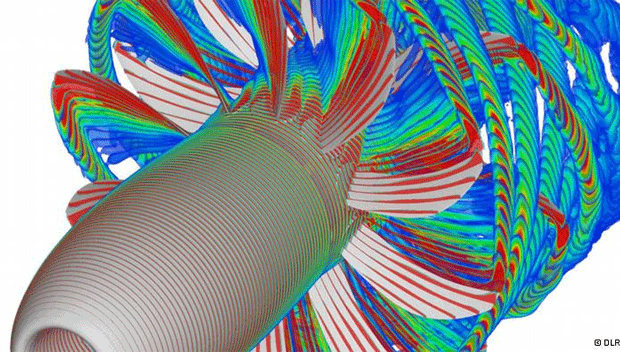
Efficient but loud
Ideally, the open rotors would be built into the body on the back of the plane. Such planes would be more efficient and only slightly slower than today's passenger planes. A two-hour flight would take a mere 15 minutes longer. The downside: The open rotors are very loud.
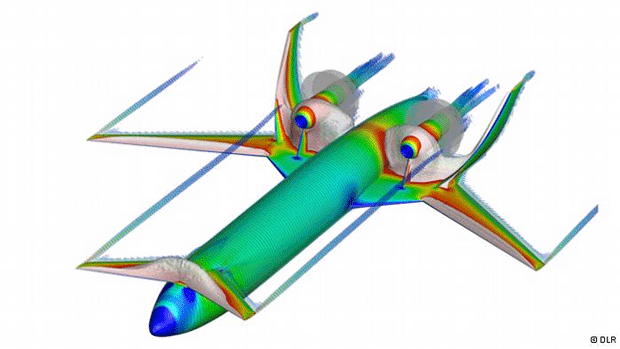
Efficiency, efficiency, efficiency
Here's how a plane geared toward efficiency could look like: very long wings, a slender body and powered by electricity. This plane, the "Solar-Impulse" by aviation pioneers Bertrand Picard and Andre Borschberg shows what can be done. But the plane is limited to a speed of 70 kilometers per hour and can carry basically no cargo.
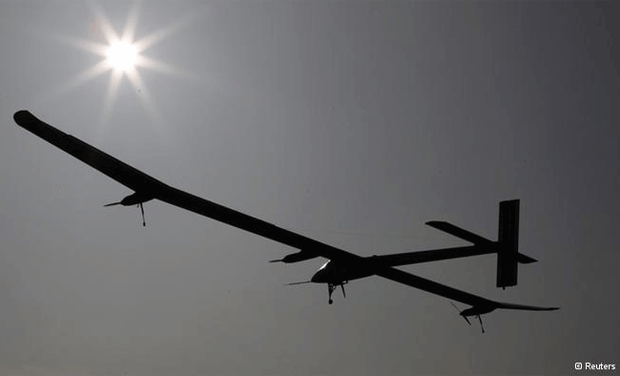
Foldable wings
Long and thin wings are good for aerodynamics and can help save fuel. The wings of this solar plane are only 5 meters shorter than that of a jumbo jet. But many airports don't have gates that fit with such a wing span. The solution: foldable wings.
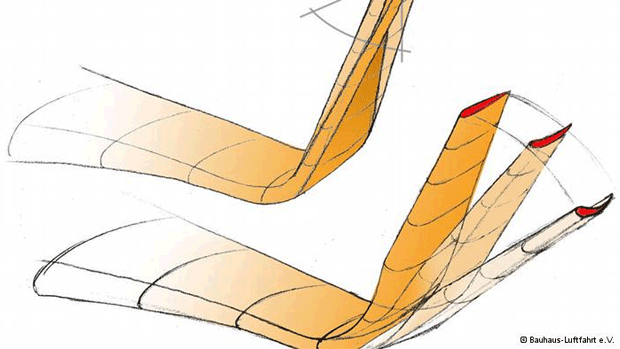
Back to the biplane
The "Boxwing" by Lufthansa has huge open propellers and extremely long and thin wings like a glider. As the wings of biplanes are shaped like an arrow, the plane is efficient and fast. The wings though remain short enough for the plane to dock at normal airports.
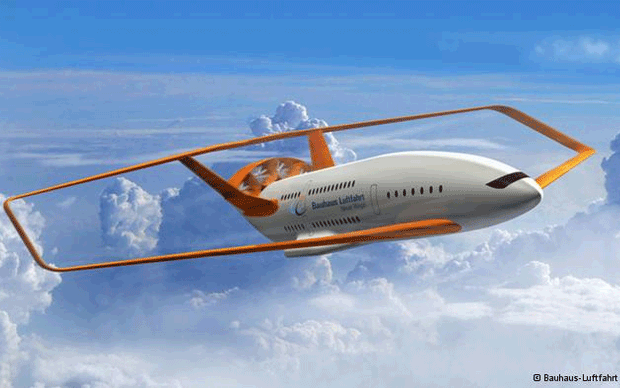
It's not all about efficiency
For those always in a hurry, there are other options. The "Spaceliner" by the German Aviation Center is a suborbital, hypersonic winged passenger plane with rocket engines. By 2050 it might be able to take you from Europe to Australia in a mere 90 minutes.
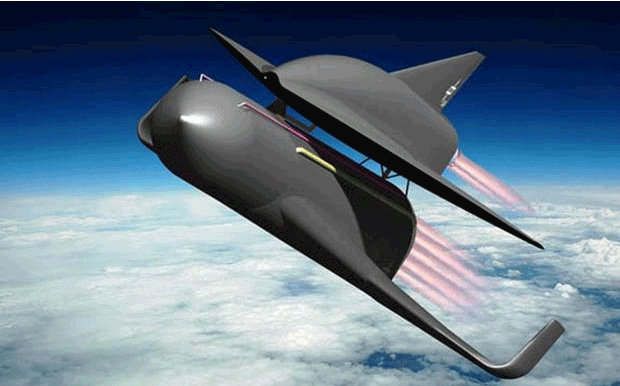

0 comments:
Post a Comment